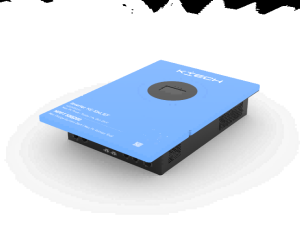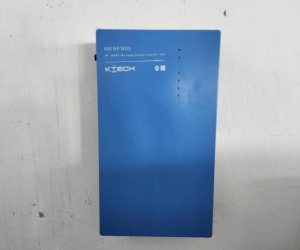马上注册,结交更多好友,享用更多功能,让你轻松玩转社区。
您需要 登录 才可以下载或查看,没有账号?Register
×
Maximum Power Point Tracking (MPPT) technology is a key advancement in the realm of renewable energy systems. MPPT is primarily used in photovoltaic (PV) systems to ensure that the solar panels operate at their maximum power output. Solar panels have a characteristic power-voltage curve, and the maximum power point represents the optimal combination of voltage and current at which the panel can deliver the highest power. The MPPT device continuously monitors the power output of the solar panels and adjusts the electrical parameters, such as voltage and current, to keep the system operating at the maximum power point. This is essential because environmental factors like sunlight intensity, temperature, and shading can cause the maximum power point to shift. MPPT technology employs various algorithms to achieve this. Some common algorithms include perturb and observe (P&O) and incremental conductance. The P&O algorithm periodically perturbs the operating voltage and observes the resulting change in power. Based on this observation, it determines whether to increase or decrease the voltage to approach the maximum power point. The incremental conductance method compares the incremental change in conductance with the instantaneous conductance to determine the operating point. By using MPPT, the overall efficiency of the PV system can be significantly increased. It can extract up to 30% more power compared to systems without MPPT, especially in situations where the environmental conditions are variable. This makes MPPT an essential component for maximizing the energy production of solar power installations and reducing the payback period. In addition to solar systems, MPPT technology can also be applied in other renewable energy sources, such as wind turbines and fuel cells, to optimize power extraction and improve system performance.
|  Key Technologies & Challenges of Off-gri1706 views#Default Forum
Key Technologies & Challenges of Off-gri1706 views#Default Forum Market Potential & Future Direction of O1514 views#Default Forum
Market Potential & Future Direction of O1514 views#Default Forum How to Install a Wall-Mounted Inverter1721 views#Default Forum
How to Install a Wall-Mounted Inverter1721 views#Default Forum How to Install a Wall Mount Battery1804 views#Default Forum
How to Install a Wall Mount Battery1804 views#Default Forum